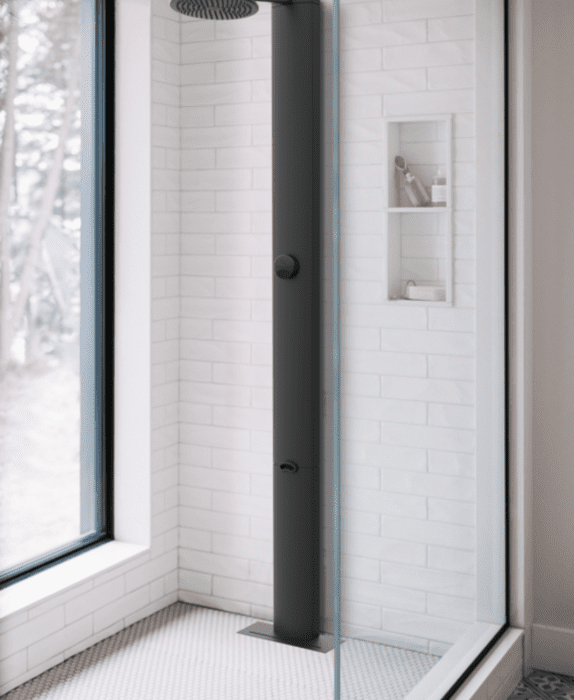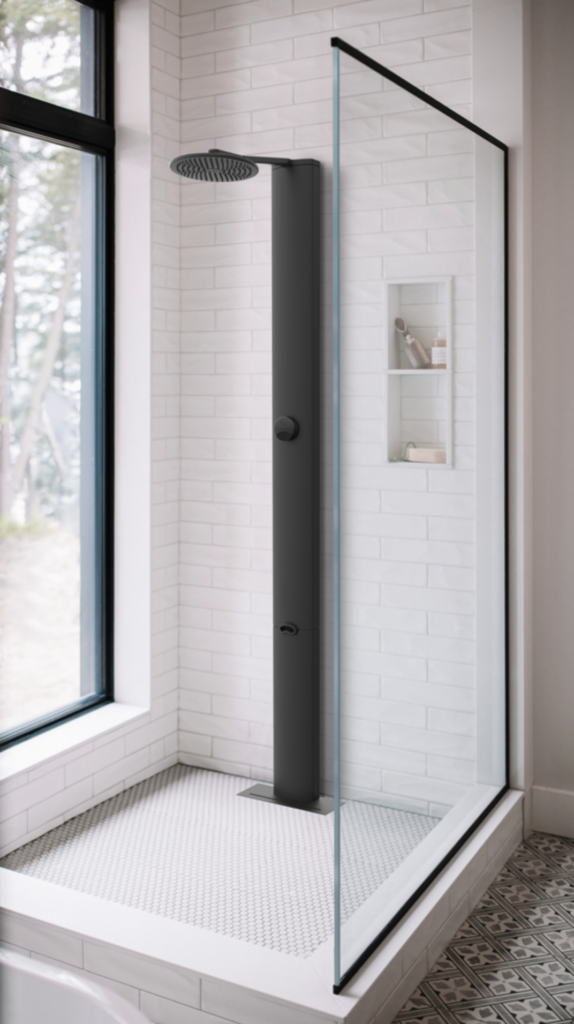In-home greywater recycling systems offer significant advantages to certain homes and businesses. However, due to the involved installation process, storage requirements, and extended payback period, distributed greywater treatment has been slow to take hold. Centralized public greywater treatment systems still involve several carbon-intensive transportation and treatment processes.
The founders of RainStick Shower have created a point-of-use (POU) water treatment technology to combat water scarcity. The first-of-its-kind, recirculating shower in North America, RainStick offers a self-contained, sustainable alternative to traditional showers that waste water by constantly sending it down the drain. Employing a closed-loop system captures, treats, and recirculates shower water, minimizing waste and maximizing efficiency.
How RainStick works
The innovative POU loop features three distinct cleaning stages to ensure the water remains suitable and safe for reuse:
- A micron-level screen traps debris, such as hair and dirt, preventing them from circulating in the water.
- Precisely controlled, fresh hot water is continuously introduced, maintaining the desired water temperature and pressure.
- RainStick disinfects the recirculating water, using high-intensity UV LED technology. This eliminates harmful bacteria and viruses, delivering purified water.
RainStick can reduce water consumption by up to 80% compared to conventional showers, with no compromise on the quality of the shower experience. According to a study conducted by the US EPA, the average American uses 82 gallons of water per day. By adopting water-saving technologies like RainStick on a larger scale, we can collectively minimize the strain on freshwater resources and reduce the energy footprint of water use in our homes.


